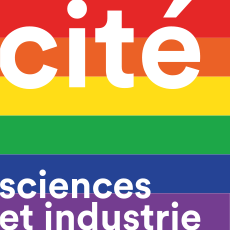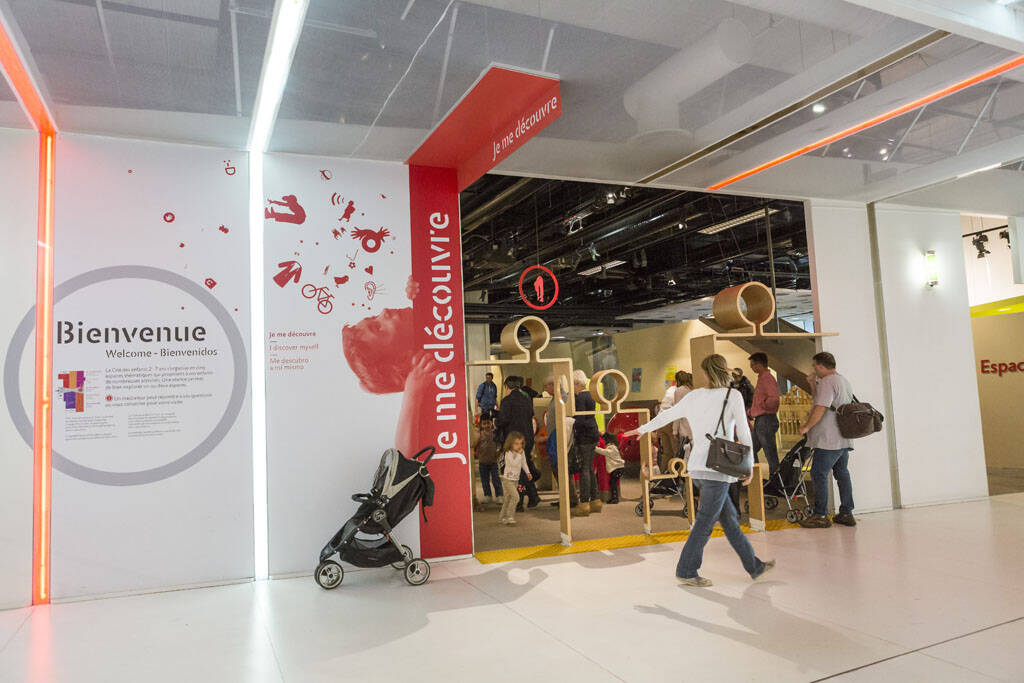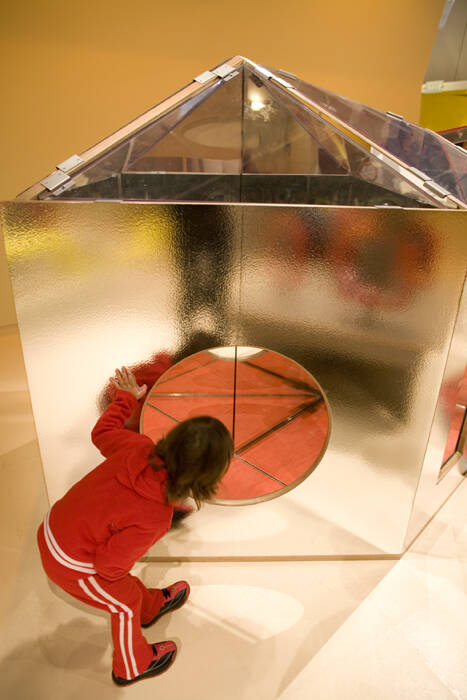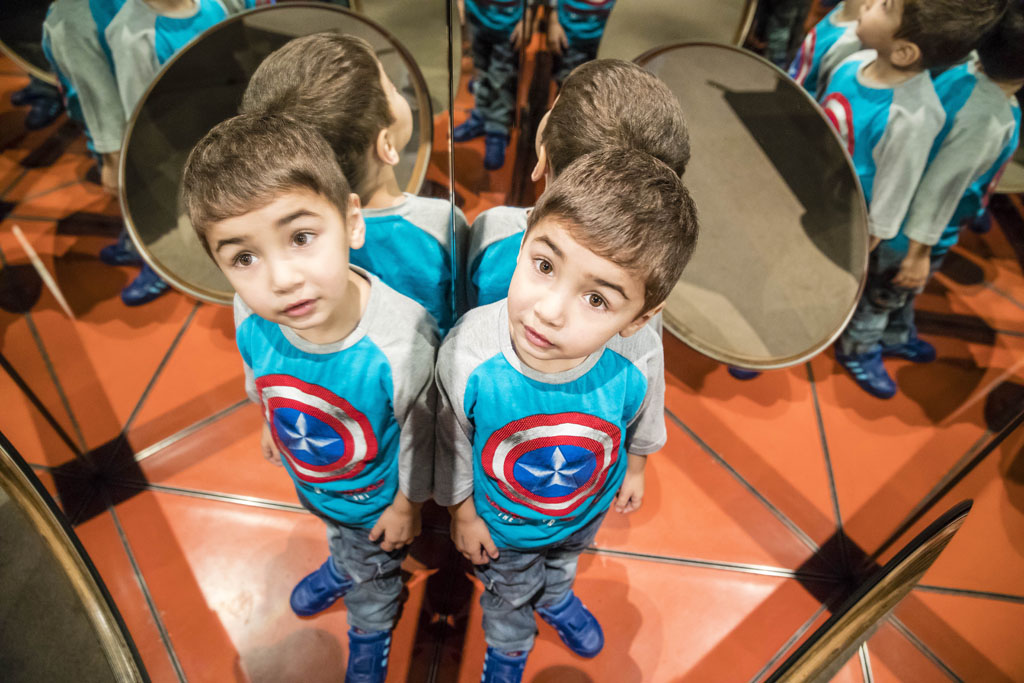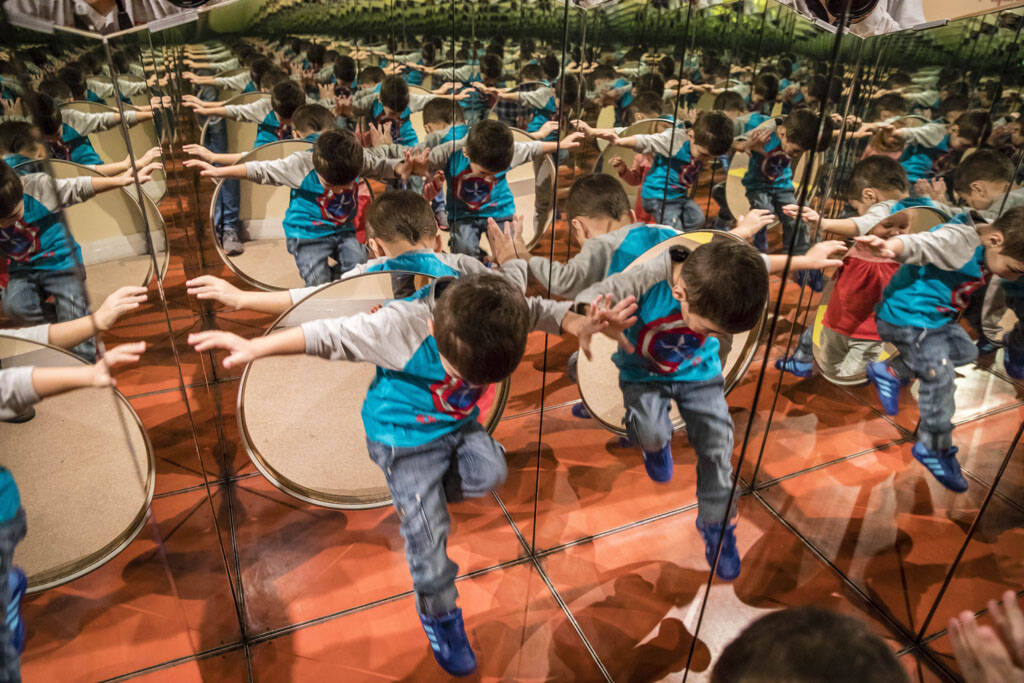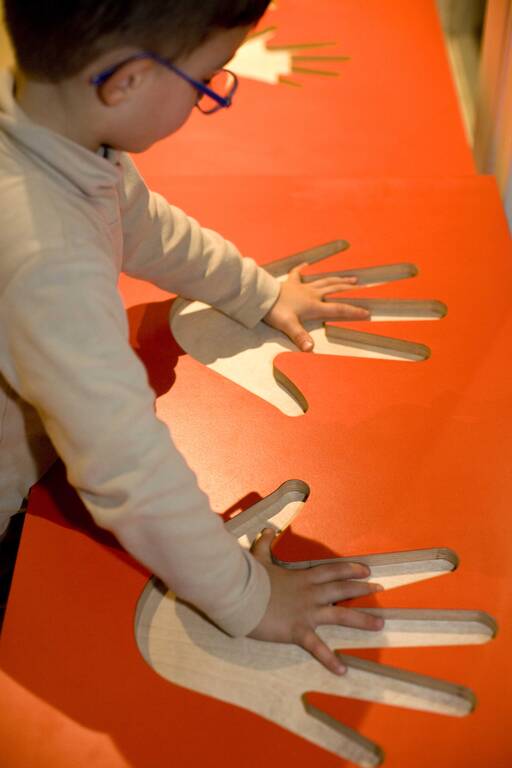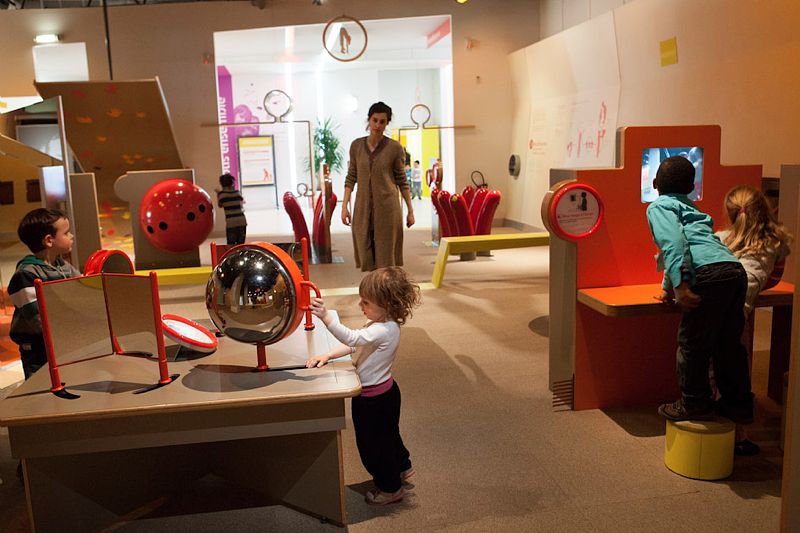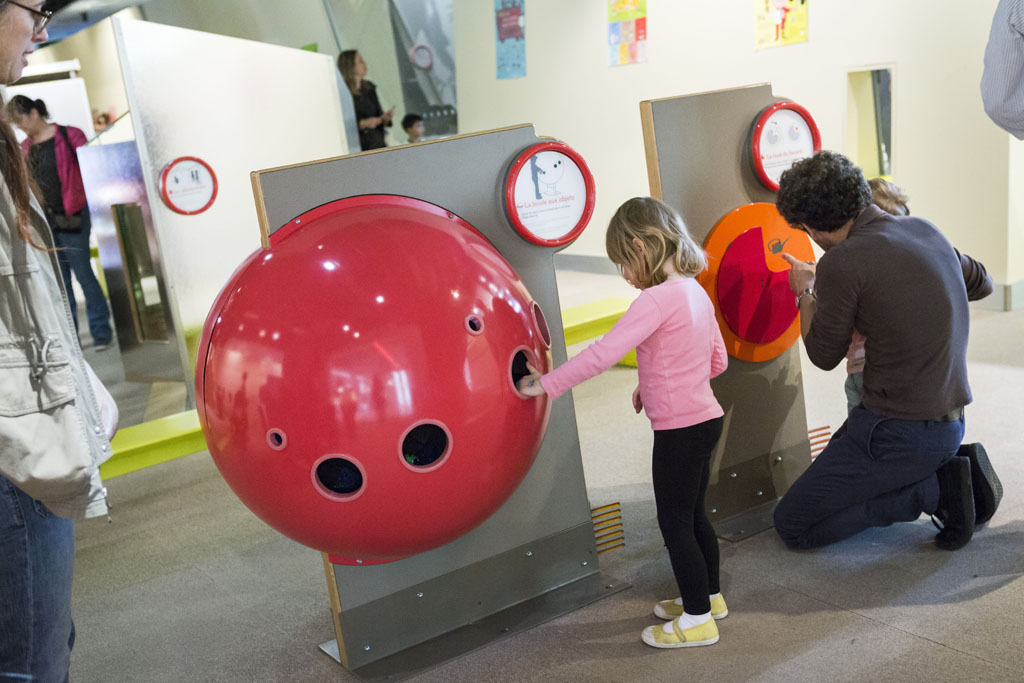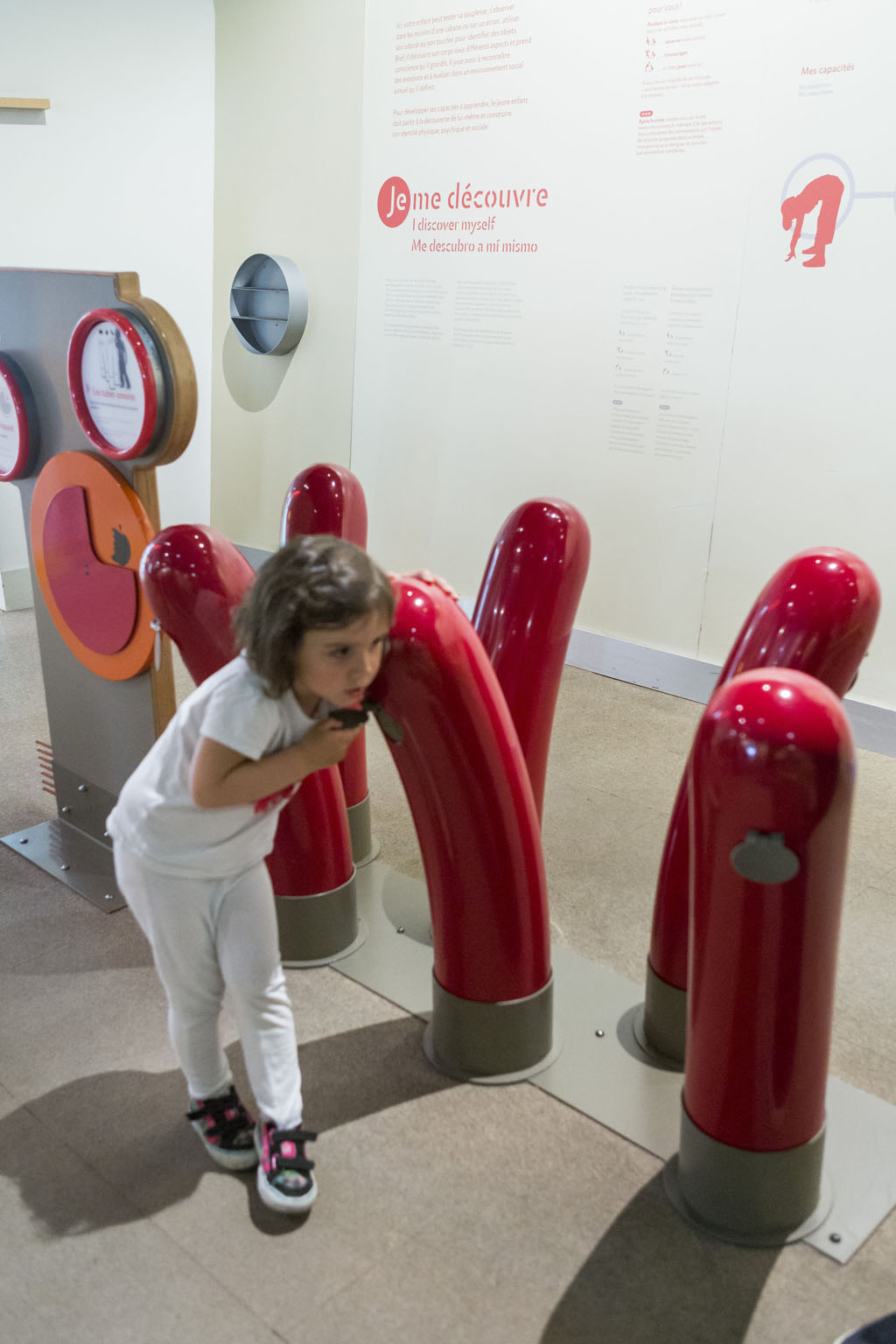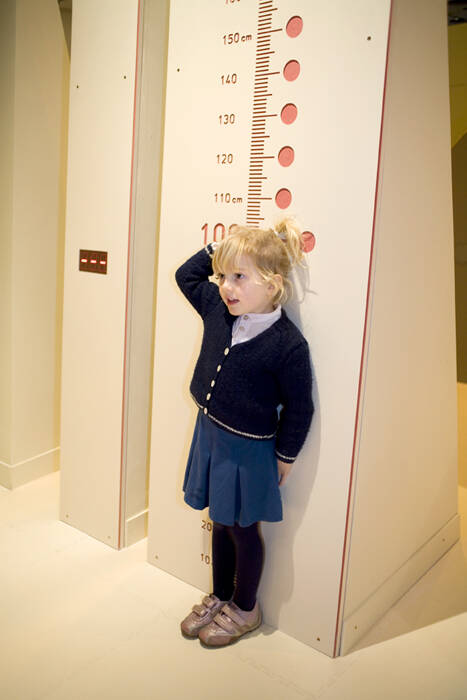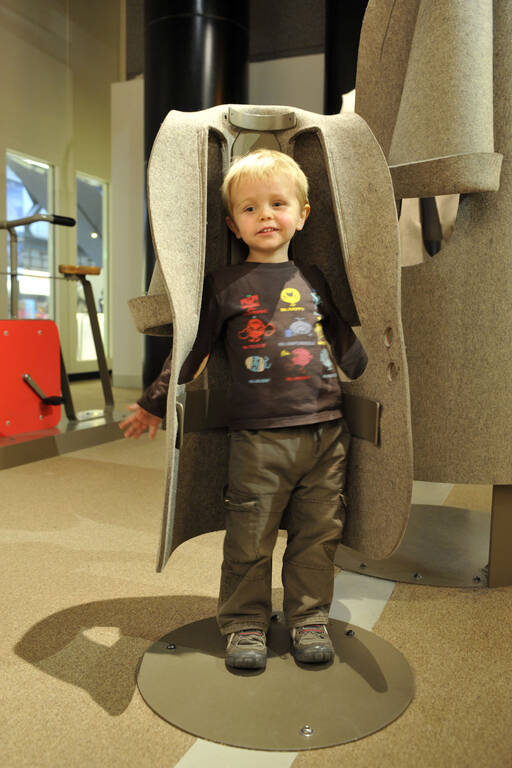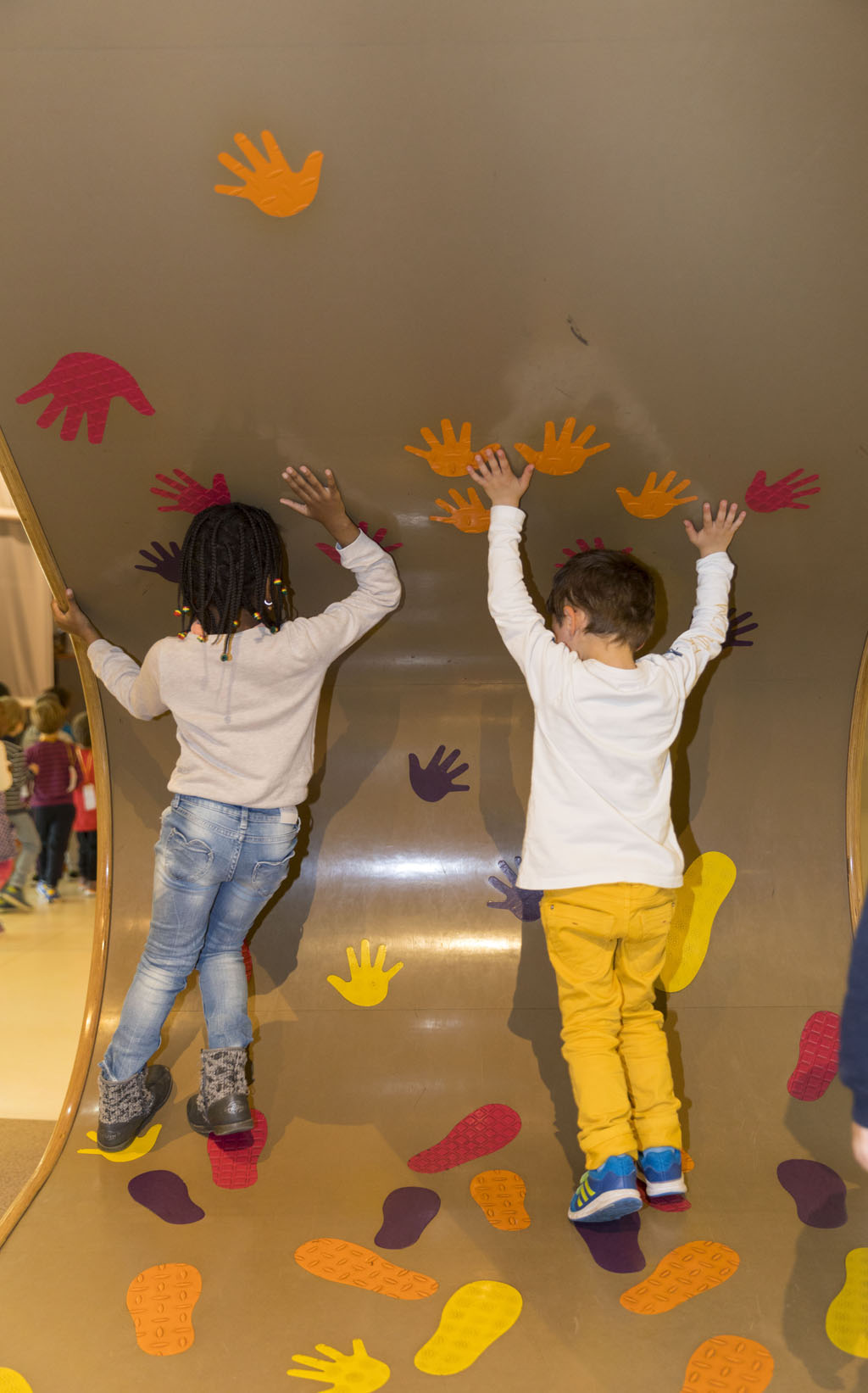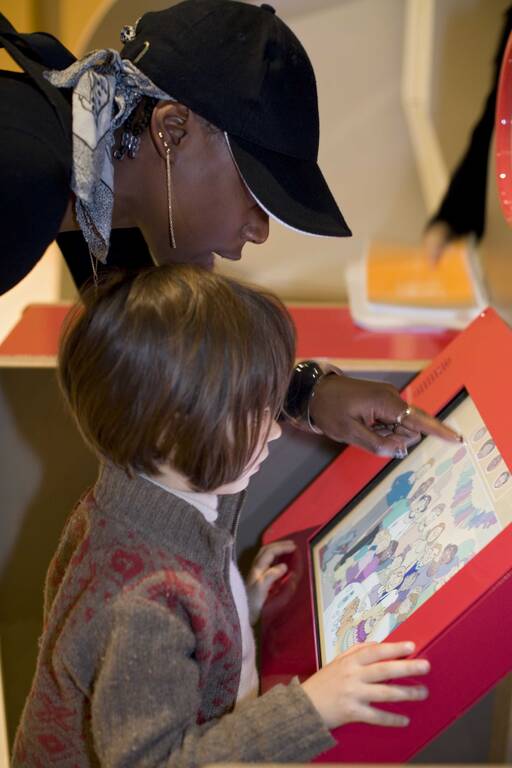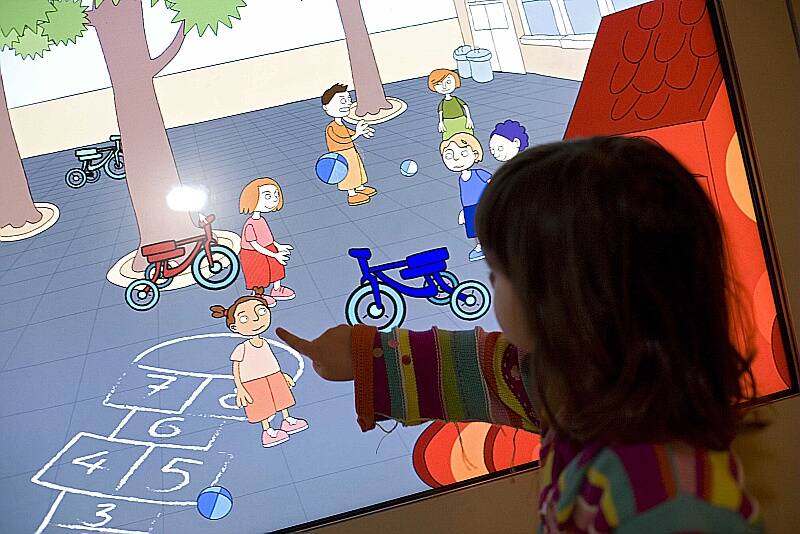Here, your children can test their flexibility, see themselves in mirrors in a hut or on a screen, and use their sense of smell and touch to find objects. This is an area for them to discover different facets of their body and realise that they are growing. They can also play at recognising emotions and participating in a virtual social environment that they themselves define.
To develop learning capabilities, young children have to explore and discover themselves; they have to build their physical, mental, and social identity.
1. My body
It’s always a surprise to discover one’s own image for the first time.
Here children can examine themselves from every angle, in fragments or as a whole, from behind or from the side, on a screen or in 3 dimensions. They can also hear the sound of their voice as they’ve never heard it before.
All this information helps them acquire a representation of their bodies as a whole.
2. My capabilities
Feeling, smelling, and hearing activities offer the children a range of opportunities for developing their senses. Here they will also be able to test their flexibility.
Contact with the outer world is established through the senses. This is why it is so important for young children to develop sensorial capabilities, just as it is important for them to realise the difficulties that face those who are deprived of the use of one or more senses.
3. My emotions
Joy, fear, anger, and sadness are emotions that are part of a child’s everyday life. Here children go inside a series of huts that correspond to one of these emotions. Knowing how to recognize emotions enables them to identify what other people feel, which is indispensable for communicating with them. Emotion recognition is one more stage in the building of a child’s personality.
4. Growing up
By measuring themselves and seeing how big they are in relation to everyday objects, young children come to understand that they are growing. Like in the story of Goldilocks and the Three Bears, here children choose, from a series of objects of different sizes, the ones that fit them.
They learn in this way that they are bigger than some children and smaller than others. If they come back again, they will be able to see the changes in their body over time.
5. My surroundings
Using a computer, each child creates a virtual character and watches the figure live and grow amidst family and friends. When all of the characters meet the first day of school, the children can observe how their own fictional creations behave when confronted with others, depending on the personality characteristics they have given them.
Relationships with family, peers, and adults play an important role in building a child’s identity and personality.
